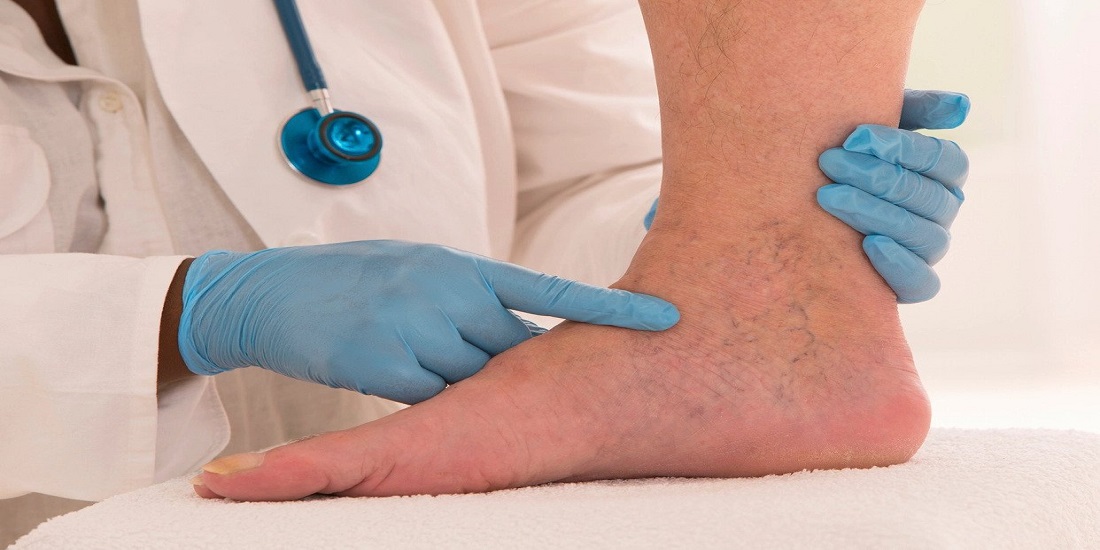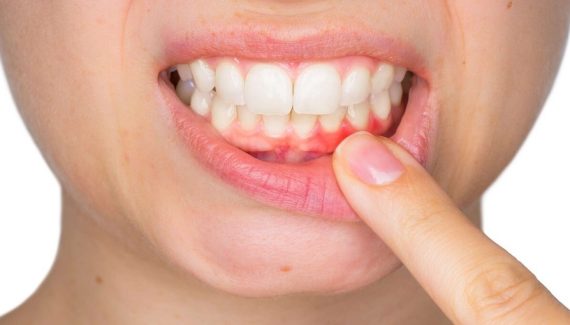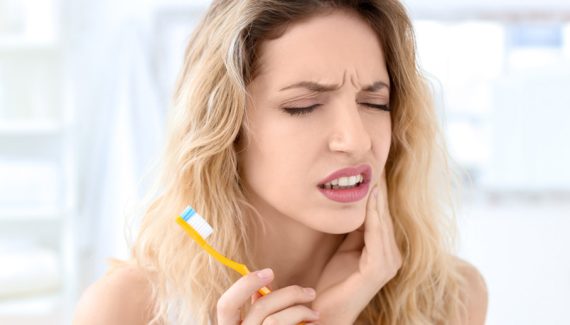Varicose veins are veins that are swollen, twisted, and enlarged. They may be red or blue in color. Varicose veins are a result of the valves in the vein being unable to do their job and blood backs up in the vein because of an increase in pressure on the vein due to sitting for long periods of time.

Varicose veins may not be serious but they can lead to other medical problems such as venous insufficiency and deep vein thrombosis (DVT). Varicose veins are a common condition in which the veins become swollen and twisted. They can be found in the legs, but are most common in the lower leg.
Contents
Signs and Symptoms of Varicose Veins
Varicose veins are a common condition that affects many people. They are caused by the weakening of the valves in the veins in your leg. Varicose veins are a common disorder that can be caused by a number of factors including genetic predisposition, pregnancy, and prolonged standing.
The signs and symptoms of varicose veins include:
- Swollen legs or ankles.
- Aching, throbbing, or heavy feeling in your legs or feet.
- Itching around your ankle or calf muscles.
- Skin discoloration.
- Leg pain or heaviness.
- Cracks at the skin near your ankles.
What Are the Causes of Varicose Veins?
Varicose veins are a condition where the veins in your legs and feet become swollen, twisted, and sometimes bulging. They are caused by too much pressure on the veins from standing for long periods of time or carrying heavy objects. Varicose veins are caused by a combination of factors that increase the pressure on the veins, including obesity, pregnancy, standing for long periods of time, and wearing tight clothing.
Varicose veins are caused by a number of factors, including:
- hormonal changes during pregnancy or after menopause
- standing for long periods of time without moving around
- sitting for long periods of time with your legs crossed
- being overweight or obese,
- wearing shoes that don’t fit properly or support your feet well
- Genetics and aging.
When to Worry About Varicose Veins
You should be worried about varicose veins if they are hurting you or you are experiencing any of the following:
- Severe pain, swollenness, or burning sensation in the leg
- Swelling of the leg, skin, or area around the varicose vein
- Vague symptoms such as fatigue, leg cramps, or a feeling of heaviness in the leg
- Veins that look blue or feel like a cord under the skin
- Veins that have ruptured and caused bleeding
If you have any of these symptoms, you should see a doctor right away.
The key thing to keep in mind is that there is no single symptom or sign that necessarily indicates a need for treatment.
“Varicose veins aren’t always an indication that you need treatment and, in many cases, they do not cause any symptoms. “People should consult with a doctor if they notice any redness, swelling or pain, or if there is any soreness in their legs.”
Varicose veins are a common condition that many people suffer from. They are usually not serious, but they can be very painful and cause other symptoms. Varicose veins can make it difficult to walk or stand for long periods of time. They can also cause swelling and bruising in the legs, ankles, or feet.
Read: Early Stage Varicose Veins Symptoms
What are the Best Options for Treating Varicose Veins?
It is important to get evaluated by your doctor to determine the best treatment for you.
There are a number of treatment options for varicose veins. These include:
- Pneumatic Compression (Treatment with External Compression)
- Sclerotherapy (Injection of a Solution to the Vein)
- Endovenous Laser Ablation (Focused Light to Destabilize the Vein)
- Endovenous Radiofrequency Treatment (Destructive Treatment with Heat)
- Phlebotomy (blood removal)
The best options for treating varicose veins depend on the severity of your condition and how long you have had it. If you have mild varicose veins, you may be able to treat them with compression stockings or lifestyle changes. If your varicose veins are more severe and have been present for many years, you may need surgical treatment such as sclerotherapy or surgery to remove the vein altogether.
Conclusion
You should not worry about varicose veins until they cause pain or other symptoms that bother you. If you do have any symptoms, you should see your doctor as soon as possible to find out what is causing them. Varicose veins are a common health condition that affects people of all ages and sexes. If you have varicose veins, it is important to understand the causes and treatments for them in order to reduce their impact on your life.
The most important treatment for varicose veins is compression stockings, which work by applying pressure on the legs, thereby slowing the flow of blood back to the heart. The best way to avoid these problems is to prevent them from happening in the first place. A good way to do this would be to wear compression stockings when you are on your feet for long periods of time or if you have other risk factors for varicose veins.
I hope that you found this article informative and educational and this article will hopefully provide you with some helpful information on how to identify them, their symptoms, and what your next course of action should be.
Note: please consult your physician before making any significant changes to your diet or lifestyle.
Post You May Like:


